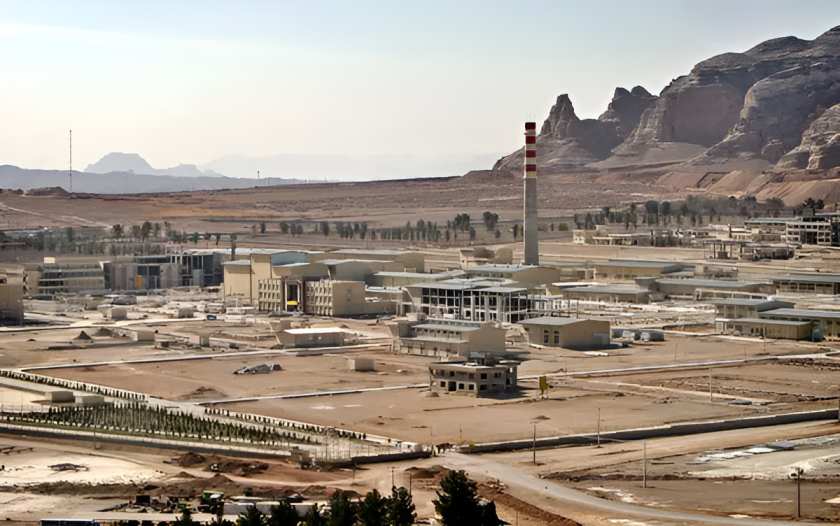Nearly a month after US strikes hit key nuclear sites in Iran, new concerns have emerged over whether enriched uranium might still be within Iran’s reach.
An Israeli official, speaking to reporters in Washington, suggested that some of the uranium buried beneath one of the bombed facilities may be recoverable, raising fresh questions about the long-term impact of the attack and the future of Iran’s nuclear programme.
According to the official, the site in question is located in Isfahan, one of three facilities struck by US submarine-launched cruise missiles during “Operation Midnight Hammer” on June 22.
The official said that retrieving the uranium from beneath the surface would be extremely difficult, but warned that if Iran tried, it would likely trigger another round of Israeli strikes.
The official did not express alarm over the possibility but said the situation was being closely monitored. “Israel's assessment is that Iran's nuclear programme was set back two years,” the official stated, underlining Israel’s position that the strikes had a strong impact on Tehran's nuclear ambitions.
Former US President Donald Trump, who authorized the strikes, has continued to insist the operation wiped out Iran’s nuclear capability.
“As President Trump has said many times, Operation Midnight Hammer totally obliterated Iran's nuclear facilities,” said White House spokeswoman Anna Kelly in a statement to US media. “The entire world is safer thanks to his decisive leadership.”
However, not all assessments agree with that conclusion. US intelligence agencies have taken a more measured stance. A leaked report from the Defense Intelligence Agency stated that while the sites at Fordo, Natanz and Isfahan were heavily damaged, they were not completely destroyed.
CIA Director John Ratcliffe told lawmakers in late June that the destruction of the Isfahan facility—which he described as Iran’s only site for producing metallic uranium—effectively removed Iran’s capacity to build a nuclear weapon. But others remain cautious.
International Atomic Energy Agency chief Rafael Grossi said parts of the facilities are still standing. Speaking to CBS, Grossi explained, “Frankly speaking, one cannot claim that everything has disappeared, and there is nothing there.”
In a recent interview with political commentator Tucker Carlson, Iranian President Mahmoud Pezeshkian admitted that the sites had suffered heavy damage. “Therefore we don't have any access to them,” he said, adding that a full inspection has not yet been carried out.
Iran continues to deny that it is seeking nuclear weapons, stating that its uranium enrichment activities are for peaceful purposes.
As debate continues between governments and intelligence agencies, the question of whether Iran might access its buried uranium remains a source of tension. The Israeli official made it clear that any such move would be seen as a serious escalation.

